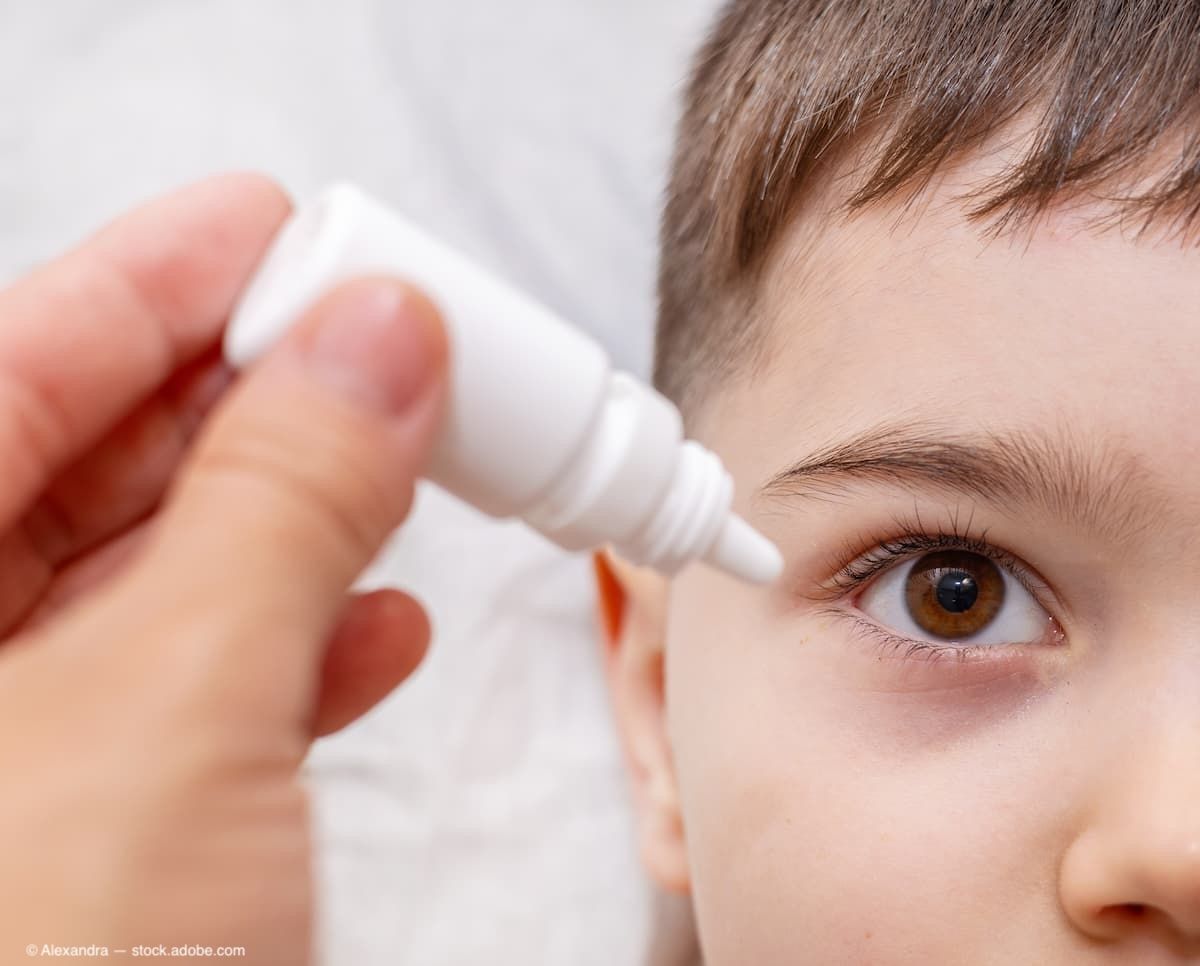Article
Myopia risk decreased in children by amount of time spent outside, according to study
Spending 2 to 3 hours a day outdoors can significantly lower a child's risk of developing myopia, according to a new study.
Philadelphia-Spending 2 to 3 hours a day outdoors can significantly lower a child’s risk of developing myopia, according to a new study.
A child’s chances of becoming nearsighted, if he or she has two nearsighted parents, are about six in 10 for children who spend 0 to 5 hours outside a week, but the risk drops to two in 10 when outdoor time exceeds 14 hours a week, according to researchers.
Researchers also said that the critical factor for reducing development of myopia in children seems to be total time spent outdoors; both active and passive outdoor activities equally protected child’s vision.
According to Terri Young, PhD, Department of Ophthalmology, Duke University Medical Center, myopia is the worldwide leading eye disability and a significant global public health concern.
Newsletter
Don’t miss out—get Ophthalmology Times updates on the latest clinical advancements and expert interviews, straight to your inbox.




